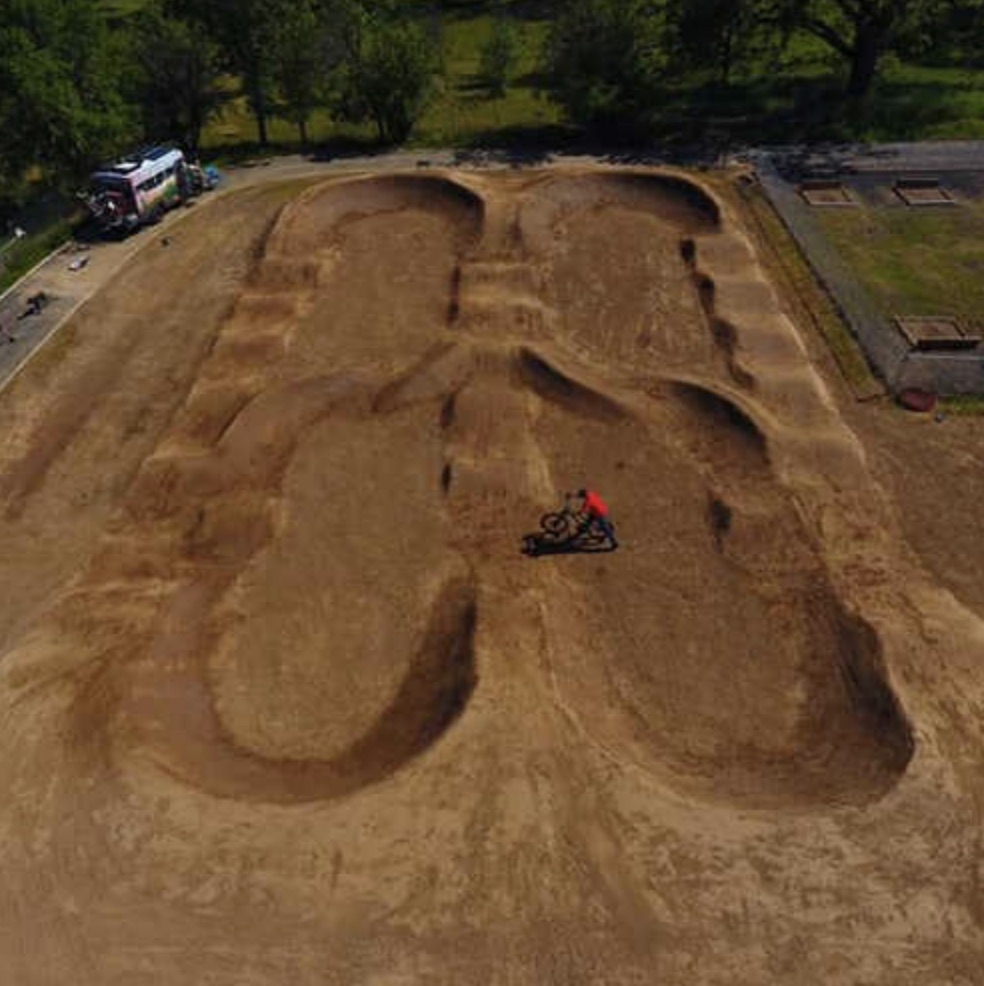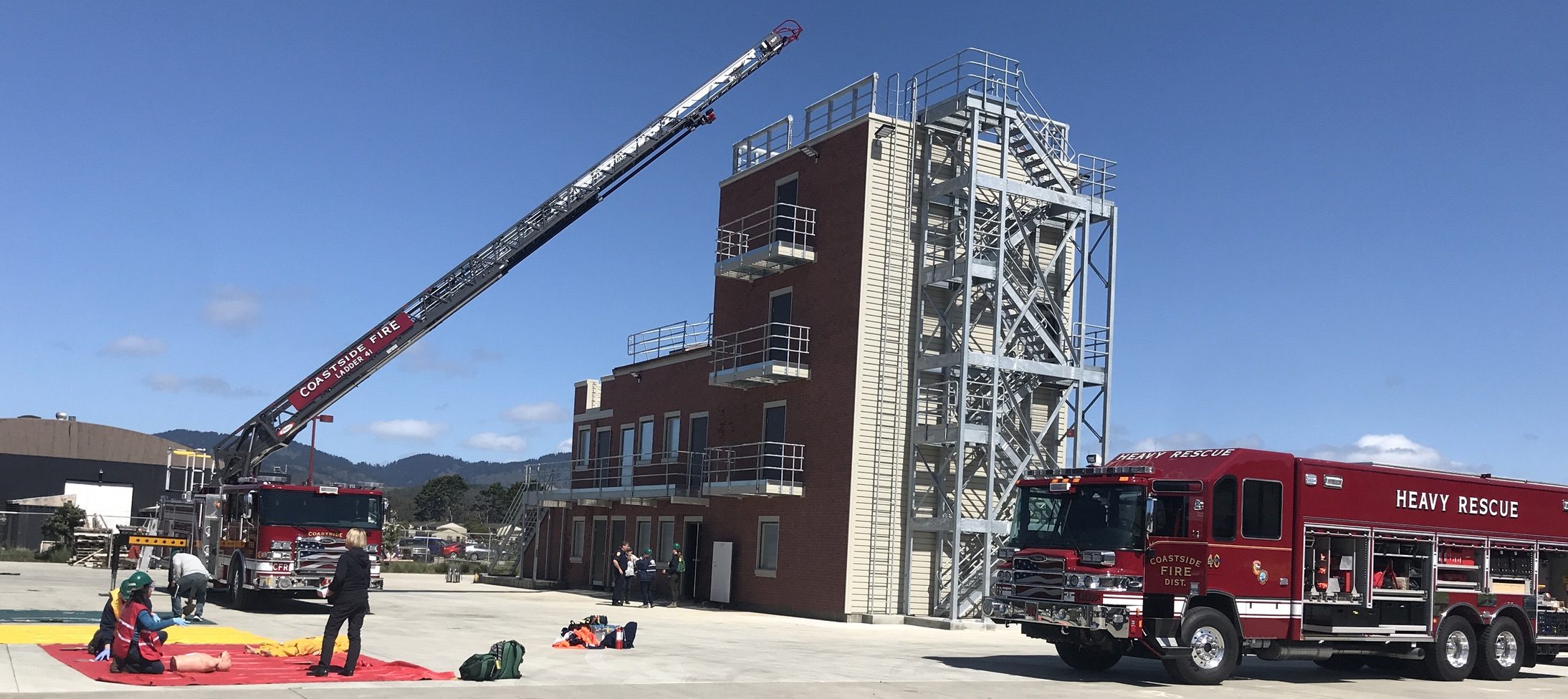|
Getting your Trinity Audio player ready...
|
2015 Hazardous Sport Law
LEGISLATIVE COUNSEL’S DIGEST
DIGEST KEY
Vote: majority Appropriation: no Fiscal Committee: no Local Program: no
BILL TEXT
THE PEOPLE OF THE STATE OF CALIFORNIA DO ENACT AS FOLLOWS:
SECTION 1. Section 831.7 of the Government Code is amended to read: 831.7.
California Statute Regarding Hazardous Recreational Activities
By Doyice Cotten
 Many are unaware of a California Statute § 831.7, which provides some liability protection for both public entities and public employees when participants are injured while participating in hazardous recreational activities. The protection has certain limitations including that the protection is limited to public entities and public employees. Also, “hazardous recreational activity” is carefully defined and, importantly, the statute lists five instances in which the liability protection does not apply.
Many are unaware of a California Statute § 831.7, which provides some liability protection for both public entities and public employees when participants are injured while participating in hazardous recreational activities. The protection has certain limitations including that the protection is limited to public entities and public employees. Also, “hazardous recreational activity” is carefully defined and, importantly, the statute lists five instances in which the liability protection does not apply.
The statute is presented below:
West’s Ann.Cal.Gov.Code (Effective: January 1, 2015)
- 831.7. Hazardous recreational activities; failure to guard or warn; negligence; duty of care
(a) Neither a public entity nor a public employee is liable to any person who participates in a hazardous recreational activity, including any person who assists the participant, or to any spectator who knew or reasonably should have known that the hazardous recreational activity created a substantial risk of injury to himself or herself and was voluntarily in the place of risk, or having the ability to do so failed to leave, for any damage or injury to property or persons arising out of that hazardous recreational activity.
(b) As used in this section, “hazardous recreational activity” means a recreational activity conducted on property of a public entity that creates a substantial, as distinguished from a minor, trivial, or insignificant, risk of injury to a participant or a spectator.
“Hazardous recreational activity” also means:
(1) Water contact activities, except diving, in places where, or at a time when, lifeguards are not provided and reasonable warning thereof has been given, or the injured party should reasonably have known that there was no lifeguard provided at the time.
(2) Any form of diving into water from other than a diving board or diving platform, or at any place or from any structure where diving is prohibited and reasonable warning thereof has been given.
(3) Animal riding, including equestrian competition, archery, bicycle racing or jumping, bicycle motocross, mountain bicycling, boating, cross-country and downhill skiing, hang gliding, kayaking, motorized vehicle racing, off-road motorcycling or four-wheel driving of any kind, orienteering, pistol and rifle shooting, rock climbing, rocketeering, rodeo, self-contained underwater breathing apparatus (SCUBA) diving, spelunking, skydiving, sport parachuting, paragliding, body contact sports, surfing, trampolining, tree climbing, tree rope swinging, waterskiing, white water rafting, and windsurfing. For the purposes of this subdivision, “mountain bicycling” does not include riding a bicycle on paved pathways, roadways, or sidewalks. For the purpose of this paragraph, “body contact sports” means sports in which it is reasonably foreseeable that there will be rough bodily contact with one or more participants.
(c) (1) Notwithstanding subdivision (a), this section does not limit liability that would otherwise exist for any of the following:
(A) Failure of the public entity or employee to guard or warn of a known dangerous condition or of another hazardous recreational activity known to the public entity or employee that is not reasonably assumed by the participant as inherently a part of the hazardous recreational activity out of which the damage or injury arose.
(B) Damage or injury suffered in any case where permission to participate in the hazardous recreational activity was granted for a specific fee. For the purpose of this subparagraph, “specific fee” does not include a fee or consideration charged for a general purpose such as a general park admission charge, a vehicle entry or parking fee, or an administrative or group use application or permit fee, as distinguished from a specific fee charged for participation in the specific hazardous recreational activity out of which the damage or injury arose.
(C) Injury suffered to the extent proximately caused by the negligent failure of the public entity or public employee to properly construct or maintain in good repair any structure, recreational equipment or machinery, or substantial work of improvement utilized in the hazardous recreational activity out of which the damage or injury arose.
(D) Damage or injury suffered in any case where the public entity or employee recklessly or with gross negligence promoted the participation in or observance of a hazardous recreational activity. For purposes of this subparagraph, promotional literature or a public announcement or advertisement that merely describes the available facilities and services on the property does not in itself constitute a reckless or grossly negligent promotion.
(E) An act of gross negligence by a public entity or a public employee that is the proximate cause of the injury.
(2) Nothing in this subdivision creates a duty of care or basis of liability for personal injury or damage to personal property.
(d) Nothing in this section limits the liability of an independent concessionaire, or any person or organization other than the public entity, whether or not the person or organization has a contractual relationship with the public entity to use the public property, for injuries or damages suffered in any case as a result of the operation of a hazardous recreational activity on public property by the concessionaire, person, or organization.
Caution
One note to keep in mind, the interpretation of statutes is up to the courts; as such, they are sometimes not interpreted in the way the writers of the statute intended, nor as the reader might interpret. An example of this occurred in Gordon II v. 28th District Agricultural Association (2019) [See the hyperlink or last week’s post for more detail on the case.]. In Gordon II, the participant signed a waiver, paid a fee for the free drop experience, jumped from a 36 foot tower toward a stuntman airbag, and died after striking the tower. The court ruled that the provider was protected by the waiver. Because of this, their ruling that there was also protection by immunity arising from California Statute § 831.7 was irrelevant to the post. It was no surprise that the waiver protected the provider, but, considering a specific fee to participate was paid, it would seem that the statute would not protect.
Photo Credit: Thanks to Gord Webster via Flickr.






this is all good info thanks for the share. I hope the decision makers get a chance to read this and not just listen to the Lawyers